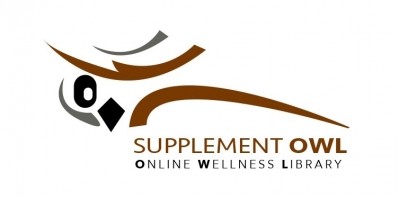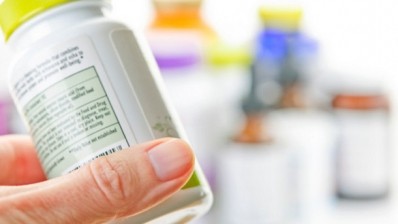Rehab, a Registry, and Steady Progress: The Year that Was

It’s fair to say the industry rose to the challenge. Foremost among those efforts were the initiatives to tackle concerns about transparency and quality for our products. These efforts asked how we can better assure consumers that what’s on the label is exactly what’s in the bottle. CRN took the lead with the development of the Supplement OWL, the online product registry. After spending much of the year in development, the Supplement OWL began accepting labels from all industry members in November. The Supplement OWL truly takes flight in April when it becomes accessible online.
The Supplement Owl will establish a new level of accountability for supplement manufacturers. As Justice Brandeis said over a century ago, “Sunshine is the best of disinfectants.” Employing this principle, the registry will allow our regulators, our customers, and even our critics, to view full product labels, examine label claims, ingredient listings and even product certifications. Certainly, the registry alone will not solve all the industry’s woes, but shining daylight on our products shows the willingness to be forthright about what’s in them. It will make it imminently easier for FDA to tell what’s in the market.
The registry is only one part of the industry’s efforts to up its game. AHPA has been finalizing new botanical raw material guidelines that enshrine agricultural best practices and GMPs for the entire botanical ingredient supply chain. Once released, these guidelines should be widely adopted as the standard for herbal ingredients and silence the opposition that claims ingredient identity and purity are unknowns.
Meanwhile the Global Retailers & Manufacturers Alliance, a diverse group of stakeholders has been developing a common measuring stick for third party audits of GMPs. Without a single common standard by which auditors can evaluate GMP compliance, it’s too hard for our retail customers to compare “apples to apples” and have any assurance all the products on their shelves are held to the same high quality standards. The GRMA benchmark will be released this spring.
But 2016 wasn’t just about inward soul-searching. We fought off a second attempt by Senators Blumenthal and Durbin to drag third-party certification of supplements into defense appropriations legislation. The Massachusetts legislation to restrict sports nutrition and weight management products was defeated, and, thanks to a combination of Congressional pressure and a coalition of local businesses exerting grassroots influence on the island, the Puerto Rico authorities placed a moratorium on an administrative order that would have imposed registration fees on supplement retailers and manufacturers, and even required product registration.
Stung by its defeat in the courts in the Bayer decision and a couple other less-publicized cases, the FTC stepped back and took a breath in 2016 as it reassessed just how much substantiation it could require under the law to support product claims. Hopefully, many companies used this time to bolster their own substantiation files should FTC come knocking again, but this was certainly a quieter year on the advertising front, even as the CRN/NAD advertising review program celebrated its 10th anniversary.
FDA had several big announcements this year, including the elevation of the Office of Dietary Supplement Programs, revisions to the Supplement Facts box, a proposal to remove vinpocetine, and, largest of all, the revised NDI draft guidance. As the year ends, the future of the guidance is still a significant uncertainty for industry, but the changing political winds suggest there is opportunity to find middle ground with the agency and finally impose some predictability to the NDI process.
With the new Republican House and Senate, we are renewing the efforts to push for inclusion of dietary supplements in Flexible Spending Accounts and Healthcare Savings Accounts. This change will allow consumers to use their pretax savings for supplement purchases, recognizing them as medical expenses for prevention and wellness in the same way these accounts are used for copays after people get sick. We are laying the groundwork for the reauthorization of food assistance programs in 2018 that will permit SNAP recipients to use their benefits for a multivitamin instead of junk food.
Armed with new economic research to demonstrate the economic impact of this $38 billion industry on local communities, we are well-prepared for the new climate in Washington. Still, other research reinforces the impact dietary supplements can have on healthcare expenses. As CRN plans for its annual Day on the Hill in June, we will also have the personal stories of dozens of industry executives on the benefits of supplements—both for better health and for strengthening local economies.
As we enter 2017, I’m buoyant about the opportunities ahead. CRN’s latest survey shows 71 percent of Americans use supplements, and, with our aggressive agenda for 2017, that number may grow. It’s a great time to be part of an industry that offers people healthier lives.










